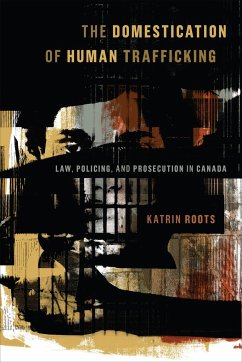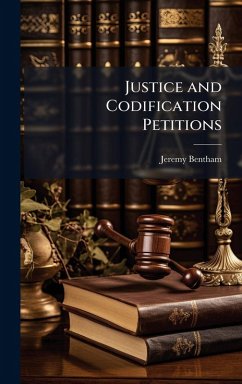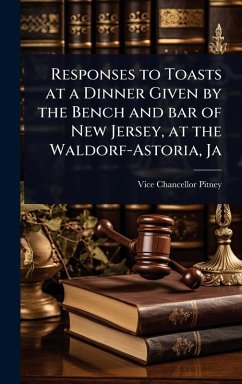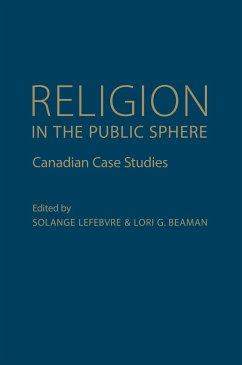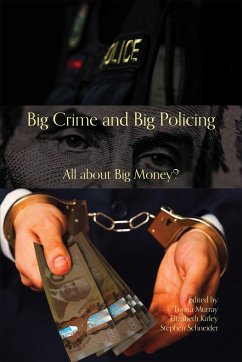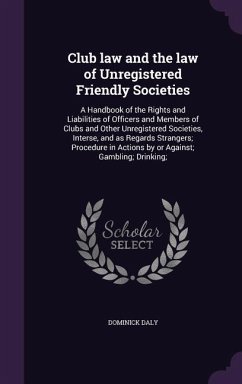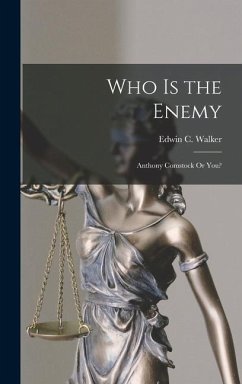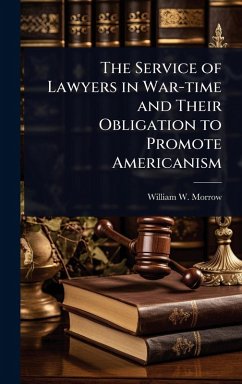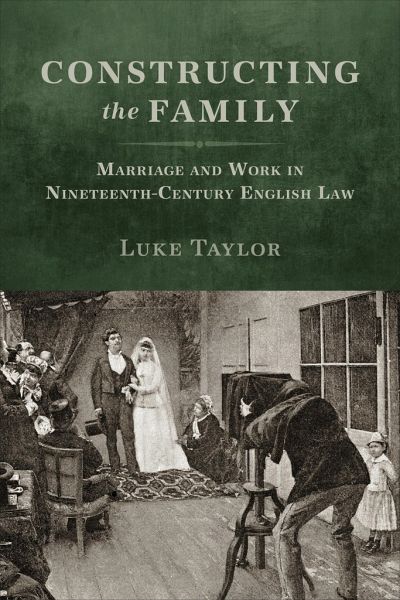
Constructing the Family
Marriage and Work in Nineteenth-Century English Law
Versandkostenfrei!
Versandfertig in über 4 Wochen
90,99 €
inkl. MwSt.

PAYBACK Punkte
45 °P sammeln!
This book traces the dissolution of the household and the construction of the family in English law and legal thought in the long nineteenth century.



